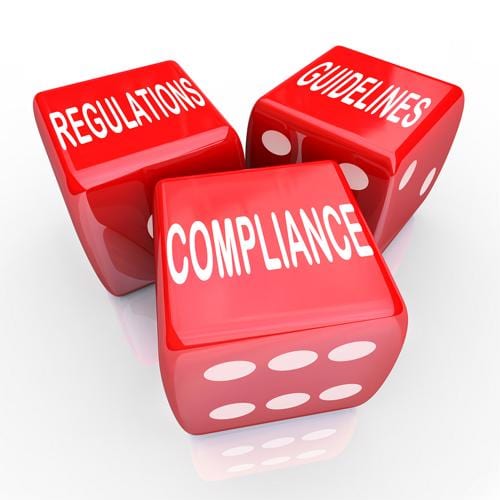July 20 may be a date of little consequence to most Americans, but it's rather significant for towing vessel operators. This was the day some new inspection requirements went into effect, as directed by the U.S. Coast Guard. More specifically, for towing vessels to be allowed to legally operate, they now must obtain a Certification of Inspection (COI) and comply with various subchapter M regulations mandated by the Towing Vessel National Center of Expertise, which is affiliated with the U.S. Department of Homeland Security.
"Subchapter M implementation goes into full effect in 2022."
As noted by Paul Hite, a senior surveyor and auditor at the American Bureau of Shipping, towing vessel operators stationed in the U.S. must satisfy a litany of compliance protocols found in 46 CFR Subchapter M, a set of rules that governs how towing vessels are to be used in open waters. The requirements outlined are rather sweeping, so to make the transition less burdensome, only a portion of the stipulations went into effect last year. The remaining will be phased in through 2022, and in so doing, all towing vessel will have to comply and have valid, current COI certificate.
However, because towing vessels serve different functions, what may be required of one operator may not apply to another, Hite noted.
"The challenge for vessel owners is to determine where their vessel(s) fit into the compliance spectrum and establish a pathway that will facilitate a smooth transition into certificated status," Hite wrote in a piece carried by the Maritime Executive. "An operator may choose to achieve and maintain certificated status through the Coast Guard inspection option or the Towing Safety Management System (TSMS) option."
Hite added there are several ways in which operators can be Subchapter M-compliant and it starts with understanding the type of towing being done. Once this is established, operators can take it from there and go about satisfying the inspection process requirements that align with their tasks.
Here are a few of Hite's suggestions:
Do your homework
The Coast Guard and Towing Safety Management System stipulate certain inspection protocols. Get an idea of what these entail and act accordingly. For example, Hite indicated those who go with the Coast Guard option have to schedule an inspection with their local officer in charge annually for every vessel they operate. But TSMS allows owners to use a third-party organization, so long as its approved by the USCG. The TSMS method also necessitates vessels operators to undergo a drydocking examination once every five years, though it may be twice if operating in the ocean for six consecutive months.
Ensure surveyors are appropriately qualified
It may be worthwhile to hire a third-party organization to conduct the survey but in-house surveyors are also permissible. Whichever option you choose, Hite says to make certain that they have the qualifications that are referenced in 46 CFR 139.130(c). Vessel operators should also be aware that if they do choose the third party option, TPOs retain oversight authority of the survey program.
Don't delay
Although Subchapter M compliance requirements are staggered, it's best not to procrastinate, especially if you choose the USGS method.
"Owners choosing the Coast Guard inspection option should reach out to their local OCMI as soon as possible to begin planning for the inspection of their fleet," Hite advised. "If availability permits, your local inspection team may be able to come out and benchmark your progress toward full compliance and provide corrective action information."
As a leading specialty insurance brokerage, Fisk Marine Insurance International is sensitive to the compliance measures towing vessel operators are tasked with. We offer insurance package services tailored to operators' exacting demands in a variety of maritime industries.


